We’ve already tested the camera of the Exynos-powered international version of the Samsung flagship Galaxy S22 Ultra. In this review, we take a close look at the version that is marketed primarily in North America and China and uses a Qualcomm Snapdragon 8 Gen 1 chipset.
Camera specs between the two versions are identical, offering a primary module with 108MP sensor, a 12MP ultra-wide camera and two dedicated tele cameras. Medium-range tele range is covered by a 3x lens with 10MP resolution. For longer distances a 10x periscope-style module is on board.
In video mode, the S22 Ultra is capable of recording 8K footage at 24 frames per second or 4K resolution files at up to 60 fps. With such an impressive spec sheet the S22 Ultra competes with heavy weights such as the Apple iPhone 13 Pro, Huawei P50 Pro or Xiaomi 12 Pro. Let’s see how it did in the DXOMARK Camera test.
Key camera specifications:
- Primary: 108 MP 1/1.33″ sensor, 0.8μm pixels, 24mm-equivalent, f/1.8-aperture lens, OIS, PDAF, Laser-AF
- Ultra-wide: 12MP 1/2.55″ sensor, 1.4μm pixels, 13mm-equivalent, f/2.2-aperture lens, Dual Pixel AF
- Tele 1: 10MP 1/3.52″ sensor, 1.12μm pixels, 230mm-equivalent, f/4.9-aperture lens, Dual Pixel AF, 10x optical zoom
- Tele 2: 10MP 1/3.52″ sensor, 1.12μm pixels, 70mm equivalent, f/2.4-aperture lens, Dual Pixel AF, 3x optical zoom
- 8K up to 24fps, 4K up to 60fps, 1080p at 60fps (tested at 4K/30fps)
About DXOMARK Camera tests: For scoring and analysis in our smartphone camera reviews, DXOMARK engineers capture and evaluate over 3000 test images and more than 2.5 hours of video both in controlled lab environments and in natural indoor and outdoor scenes, using the camera’s default settings. This article is designed to highlight the most important results of our testing. For more information about the DXOMARK Camera test protocol, click here. More details on how we score smartphone cameras are available here.
Test summary
Scoring
Sub-scores and attributes included in the calculations of the global score.
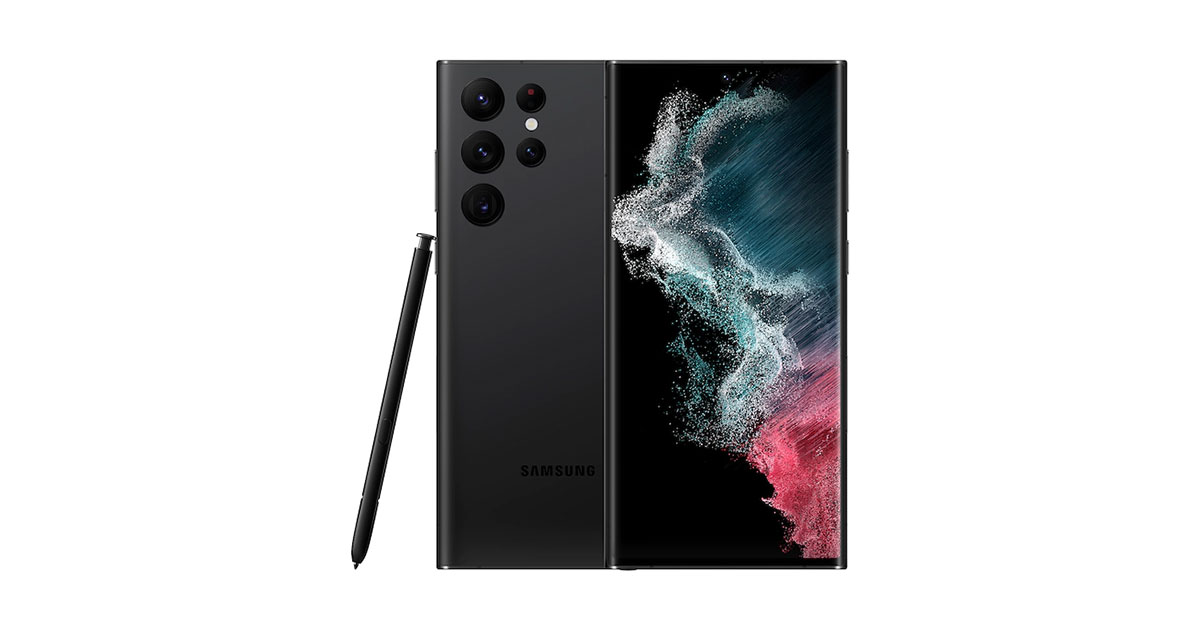
Samsung Galaxy S22 Ultra (Snapdragon)


Use cases & Conditions
Use case scores indicate the product performance in specific situations. They are not included in the overall score calculations.
Outdoor
Photos & videos shot in bright light conditions (≥1000 lux)
Indoor
Photos & videos shot in good lighting conditions (≥100lux)
Lowlight
Photos & videos shot in low lighting conditions (<100 lux)
Friends & Family
Portrait and group photo & videos
Pros
- Accurate white balance and good detail
- Good exposure and wide dynamic range
- Nice color and good exposure in flash-off night shots
- Accurate subject isolation and blur gradient in bokeh mode
- Accurate exposure and wide dynamic range in bright light and indoor video
- Nice color and skin tones in video
- Accurate face tracking in video
- Effective video stabilization when walking while recording
With a DXOMARK Camera score of 131 the Samsung Galaxy S22 Ultra (Snapdragon) achieves the same result as the Exynos-powered international model. Overall, the camera delivers a solid performance and some improvements over its predecessor the S21 Ultra, especially for zoom and video, but it isn’t up there with the very best in the Ultra-Premium segment. This is particularly true for night photography and in terms of texture/noise trade-off.

When taking still images, the camera does overall well and shines, especially in the color category, thanks to accurate and pleasant color rendering. Compared to the Exynos variant, luminance noise is less intrusive but still noticeable. Texture is slightly better as well. Our testers observed ringing artifacts in all conditions and fusion artifacts can appear in high-contrast scenes. Ghosting is better controlled than on the Exynos device, though.
Target exposure is usually good in all conditions and in this indoor scene, we can see that the Snapdragon device produces slightly better detail and lower noise levels than the Exynos version.
Pictures recorded on the ultra-wide camera show good detail at the center of the frame, but detail gets noticeably softer towards the edges. Color rendering tends to be neutral, but noise is noticeable, even in bright outdoor light.
When shooting at tele settings, the S22 Ultra (Snapdragon) suffers from resolution instabilities, especially at close-range settings when light gets dimmer. In comparison, the Exynos model and iPhone 13 Pro Max deliver a more consistent resolution across light levels and zoom factors.
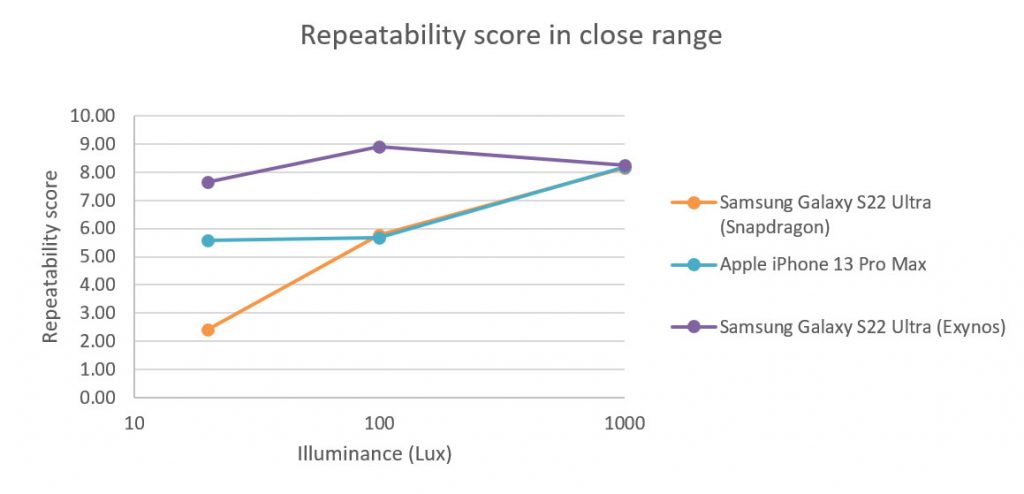
In video mode, the Snapdragon phone’s performance is close to the Exynos device, particularly the good exposure and wide dynamic range in bright light and indoors, as well as the good autofocus system. This said, oversharpening results in strong ringing on high-contrast edges. This has a negative impact on detail rendering and is especially noticeable when videos are viewed on a large display. Our testers also observed higher noise levels in low light, especially in lab conditions.
_________________________________________
Correction:
Because of a bug in the measurement of image detail preservation, the Zoom score of the Samsung Galaxy S22 Ultra (Snapdragon) has been updated to 85 from 82, and the Tele score to 109 from 105. These changes had no visible effect on the overall score.


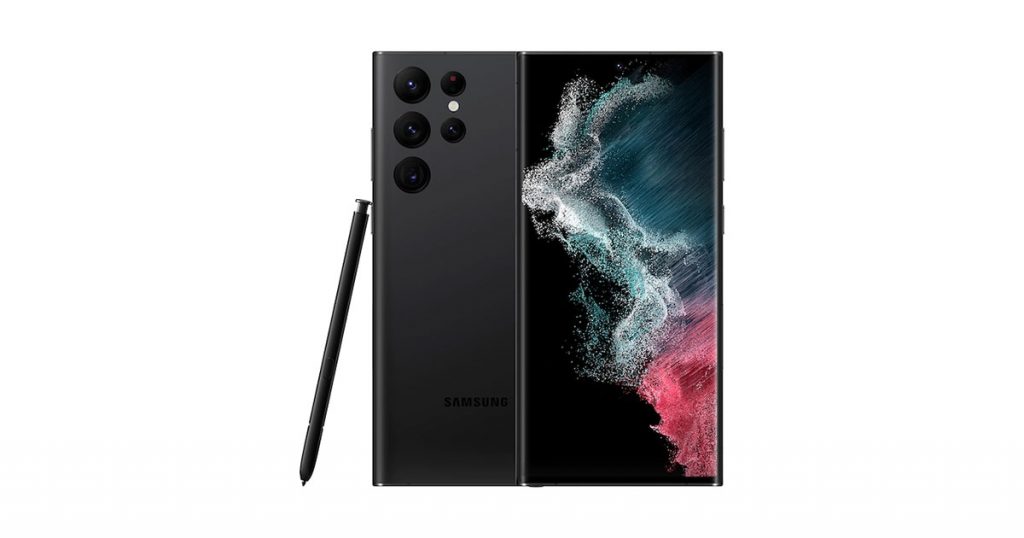


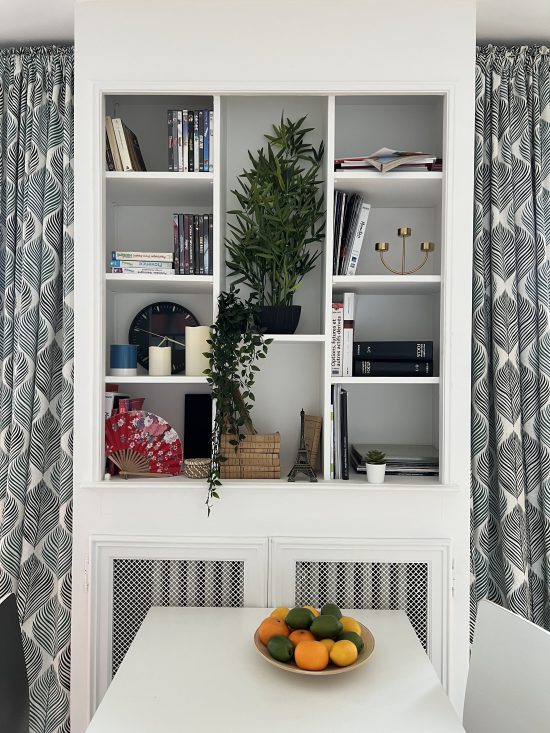
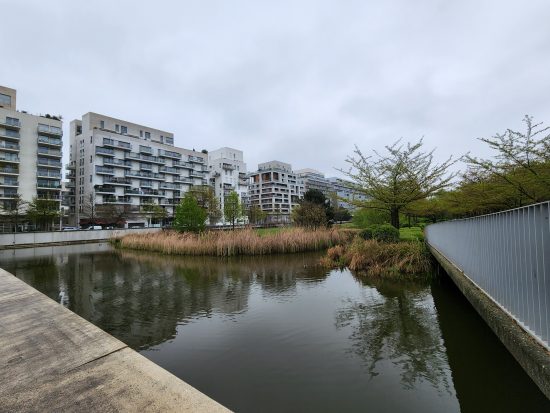


DXOMARK encourages its readers to share comments on the articles. To read or post comments, Disqus cookies are required. Change your Cookies Preferences and read more about our Comment Policy.